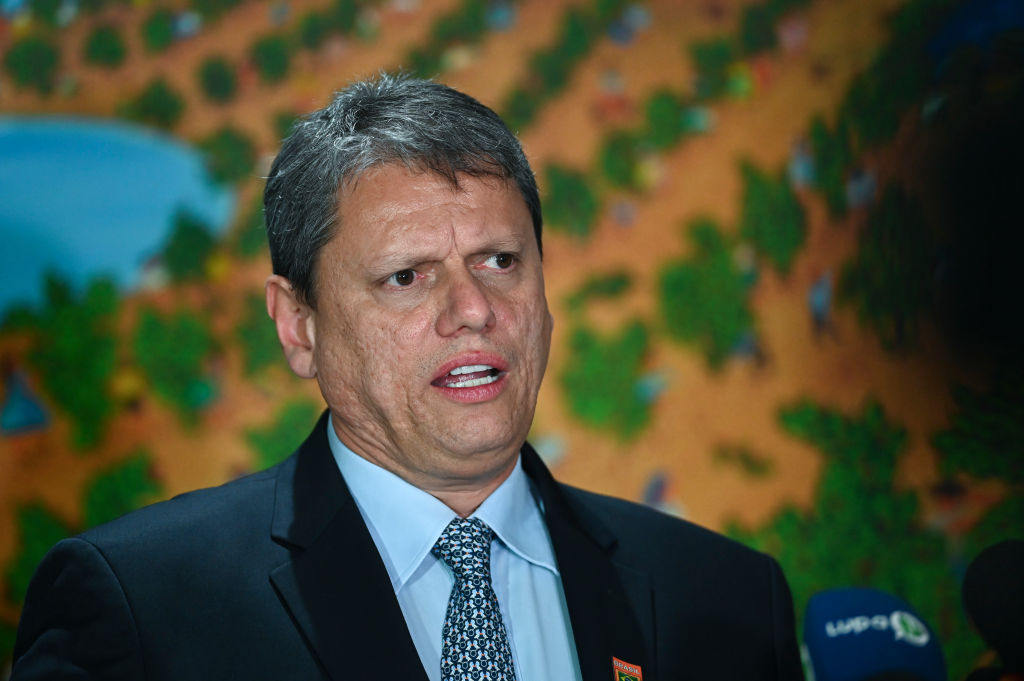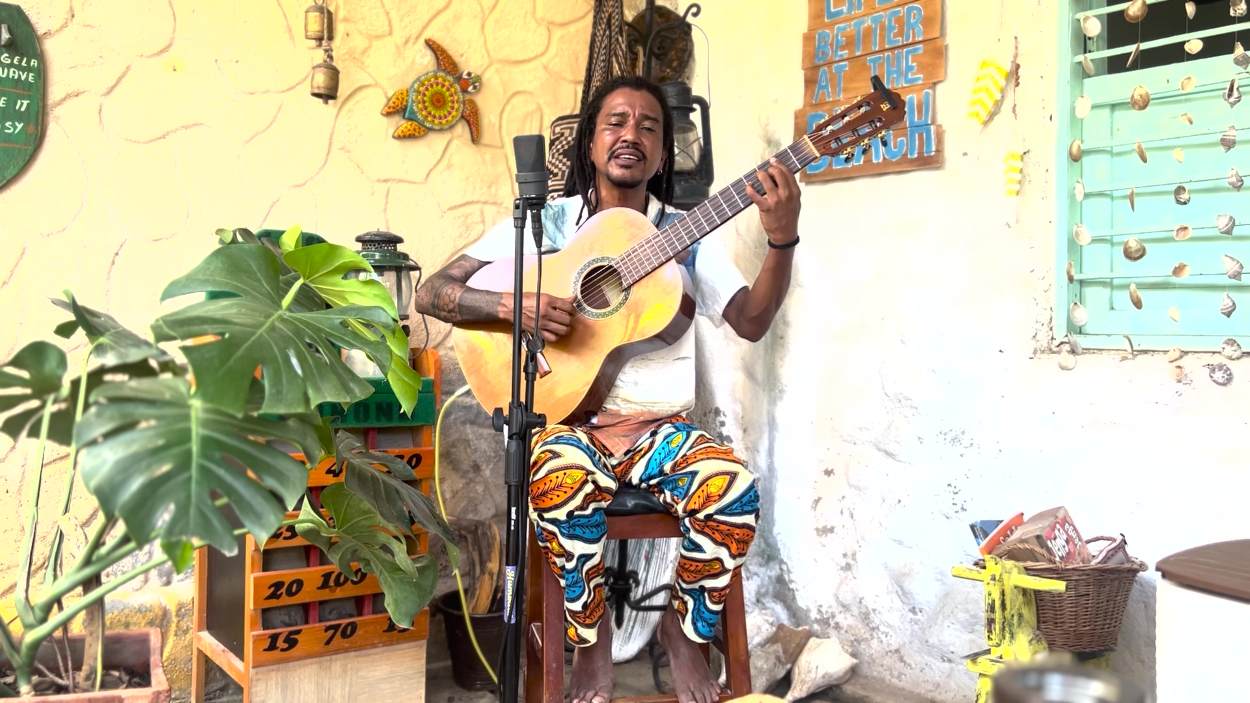Infrastructure in Brazil: Enhancing Trade, Investment, and Competitiveness
Infrastructure in Brazil: Enhancing Trade, Investment, and Competitiveness
AS/COA Miami held a panel discussion on the infrastructure challenges facing Brazil today, including the cost of logistics, recommendations for possible solutions, and ways to encourage private investment.
Speakers:
- Samuel Israel, CEO for Latin America, DHL Global Forwarding
- Alexandre Meira da Rosa, Manager of Infrastructure & Environment Sector, Inter-American Development Bank
- Pedro Parente, President and CEO, Bunge Brazil
- Luiz A. Sette, Partner, Azevedo Sette Advogados (moderator)
Summary
Americas Society/Council of the Americas held a panel discussion on May 6 in Miami on the infrastructure challenges facing Brazil. Discussion centered on the cost of Brazil’s logistics challenge, recommendations for possible solutions, and ways to encourage private investment in infrastructure.
The Cost of Brazil’s Logistics Challenge
Brazil is a strong emerging economy—now the world’s seventh largest—but its infrastructure challenges weigh heavily on the country’s competitiveness. Samuel Israel of DHL Global Forwarding cited Brazil’s ranking in the Global Competitiveness Index and Logistic Index, which rank countries in terms of their ability to sustain their growth through proper infrastructure and their ability to ease their trade. Brazil is ranked 62 globally in competitiveness but only 105 in terms of roads, 123 in terms of ports, and 95 in terms of airports. In general, it is three times more expensive for farmers in Brazil to move their products compared with their counterparts in Argentina and the United States. In general, it is four times more expensive to move products in Brazil than in Argentina.
Israel underscored that the cost of importing goods is 25 to 50 percent higher than more developed regions: ports in the country are congested, wait times in ports and airports are long, and customs clearing also remains an obstacle to more efficient trade. Pedro Parente of Bunge Brazil said that, given Brazil’s status as a major food producer and the global concern for food security, Brazil’s logistics bottlenecks have a global cost. According to the World Economic Forum’s publication New Vision for Agriculture, the world’s population will increase by 32 percent by 2050, thus greatly increasing the global demand for food. Parente is confident that Brazil can answer the call for increased food production because of its size and plentiful resources. However, infrastructure must develop to efficiently export these products. Parente noted that corn and soy production in Brazil increased 60 percent from 2004 to 2010, but is now stagnant because of the limitations placed on the industry by the inability to move more supply.
Alexandre Meira da Rosa of the Inter-American Development Bank expects the gap in competitive advantage between Brazil and other countries to increase over time if Brazil continues to invest only 2 percent of its GDP in infrastructure. Meira da Rosa says it should be investing 3 percent for maintenance alone and compares this with other emerging markets that invest 5 percent of their GDP in infrastructure and China, which invests 7.2 percent.
Response to the Logistics Challenge
The government has enacted an ambitious plan to address the logistics challenge, the Growth Acceleration Program (know by its Portuguese acronym PAC), which is now in its second phase. The speakers agreed that funds have not been allocated in the most effective way and the plan has not been able to deliver on all promises. Despite the strong need for logistics improvements, only 15 percent of the PAC funds are allocated to logistics. A much larger portion, 40 percent, is designated for roads, and speakers also cited a focus on the high-speed rail between São Paulo and Rio de Janeiro, of which progress is uncertain. These improvements focus on transportation of people when the bigger challenge is how to better move goods. Parente stressed that a better approach would shift the matrix of transportation away from road transportation to the use of railroads and waterways, which would facilitate imports and exports, reduce greenhouse gas emissions, and decrease congestion in urban environments. Using one barge, he said, replaces 60 trucks and brings an 80 percent reduction in greenhouse gas emissions.
But Meira da Rosa said that the PAC does have merit in that it prioritizes investment in infrastructure. Given demands ahead of the 2014 World Cup and the 2016 Olympic Games in Brazil, planned investments are primarily focused on the short-term, with a three-to-four-year focus. Israel argued that projects should not be short-sighted and respond to increasing future demands. With rising urbanization and trade growth, particularly with Asia, the logistics concerns will only be amplified. Meira da Rosa agreed and called for a return to long-term strategic planning led by the government.
Private Investments in Infrastructure
Speakers also noted that, although the government has made strides in ramping up investment infrastructure, it has not taken advantage of the private sector’s capacity and willingness to participate in the process. Meira da Rosa says that a more long-term focus would boost awareness of the opportunities to invest and foster competitiveness. The granting of public concessions, now more commonplace and preferred over outright privatization, and joint partnerships between the public and private sector, can be very effective for project development. Israel emphasized the need for more transparency and a predictable environment for private investment.
Parente agreed that the private sector is willing to invest, yet it is not met by favorable conditions in order to do so. He cited the process of environmental licensing as a significant hurdle for new projects. Acquiring the license to build a hydroelectric plant, for instance, can take as long as actually building the plant (roughly three years). Streamlining the process for environmental licenses without compromising environmental protection is integral; including the environmental licensing process earlier in the planning of a project will also facilitate private investment.
Meira da Rosa noted that the government currently lacks the institutional capacity to deal with private investments in infrastructure. Expanding this institutional capacity is crucial to making the needed infrastructure improvements and propelling the strong growth of the Brazilian economy.








